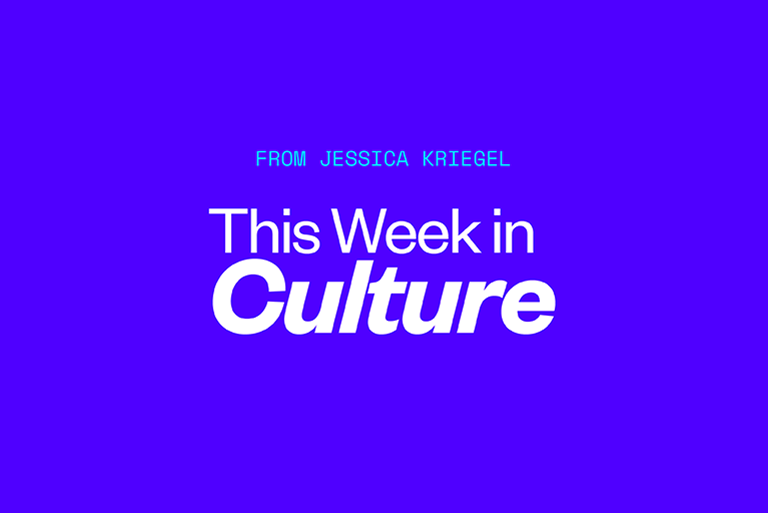This week I am giving a keynote at a hospital association conference where hundreds of healthcare leaders are gathering to talk about their biggest challenges. When I asked what those were on a pre-call with the event leaders, the answers came without hesitation: increasing workplace violence.
One leader said something that I have not been able to stop thinking about. “There’s been a large increase in stressed patients and families who are at their most vulnerable, and they’re attacking our workers.”
At their most vulnerable. That part changed how I heard everything else. It reframed the violence not as cruelty but as something more complex. The people causing harm are often the ones who are hurting most. That does not make it right, but it does make it more complicated.
We experienced violence at the homeless hospice where I volunteer. One afternoon a man was admitted and he was angry. He didn’t like the rules, he didn’t like the staff and he was upset. He lashed out and eventually jumped the fence, startling the staff members.
The leader there walked toward him, not away. She sat next to him on the curb and said, “You can go if you want, but we want you to stay. You just can’t act like this. It’s up to you.” She gave him a choice. She set a boundary, but she did it with clarity and care.
He chose to stay. Weeks later he has become one of our favorites. The other day I sat with him outside. We talked about his favorite sports team. He was calm and gentle. You would never know that he had once been the person who scared everyone. Another facility might’ve kicked him out and he would be dying on the streets.
So what’s the point?
We are living in a time of profound vulnerability. People are scared. People are grieving. People are angry. And when fear and exhaustion collide, even good people lose their footing.
The hospice leader did not let the man’s behavior slide. She named it. She was firm. But she did it from a place of compassion, not power. And that made all the difference. She reminded him that he mattered and that he still had agency. That small moment of humanity changed everything.
In workplaces everywhere, leaders are being asked to hold that same tension. How do you protect your people while also remembering the humanity of those who are struggling? How do you stay clear about what is not acceptable without losing compassion for why people act the way they do?
That is the paradox of leadership. It is not softness. It is not leniency. It is strength that looks like grace.
A strong culture is not one that pretends bad behavior does not exist. It is one that responds to it with clarity and heart at the same time. It is the ability to look someone in the eye and say, “You can go if you want, but we want you to stay. You just can’t act like this.”
That is accountability. That is culture.
And maybe that is also what it means to lead in a world that feels more fragile every day.
Elsewhere In Culture
When government data goes dark, corporate data fills the gap — and right now, that gap looks grim. With the shutdown halting the BLS report, Carlyle’s own analysis shows what most leaders already feel in their gut: hiring has hit a wall. Their numbers point to just 17,000 new jobs in September, effectively flat growth. Other sources, like ADP and Challenger, Gray & Christmas, echo the same story — less hiring, more anxiety. The irony is that GDP still appears to be growing at a healthy 2.7%. We’re moving, but not necessarily forward. Business investment is up, but people aren’t being hired. This is what a trust deficit looks like. Leaders are hesitating — not because the talent isn’t there, but because confidence isn’t.
What’s missing in these numbers is the human equation. Behind every paused job requisition is a leader afraid of overcommitting in an unpredictable economy. Behind every unfilled role is an employee stretched thin, doing the work of two. The data might suggest caution, but culture determines whether that caution turns into paralysis. Growth doesn’t just happen when markets stabilize — it happens when leaders decide to move forward anyway, with clarity and accountability. If companies wait for certainty before taking action, they’ll be waiting forever.
Using people as bargaining chips is not leadership. It is fear disguised as power. When the president says some furloughed workers “don’t deserve” back pay, he is not just making a political statement. He is signaling that people are expendable. Hundreds of thousands of Americans are doing their jobs or waiting to return to them, not because of party loyalty but because they believe in service. And now they are being told that their worth is negotiable. Leadership rooted in punishment creates cultures of fear. It teaches people that their effort does not matter unless it serves someone else’s agenda.
Every leader faces moments when pressure tempts them to turn on their own people. The shutdown is a mirror for that. Do you take care of your people, or do you make them pay the price for your fight? The healthiest cultures refuse to weaponize uncertainty. They choose accountability over control, clarity over fear. When leaders make people feel safe to contribute, not afraid to survive, the results take care of themselves. That is the difference between power and leadership.

